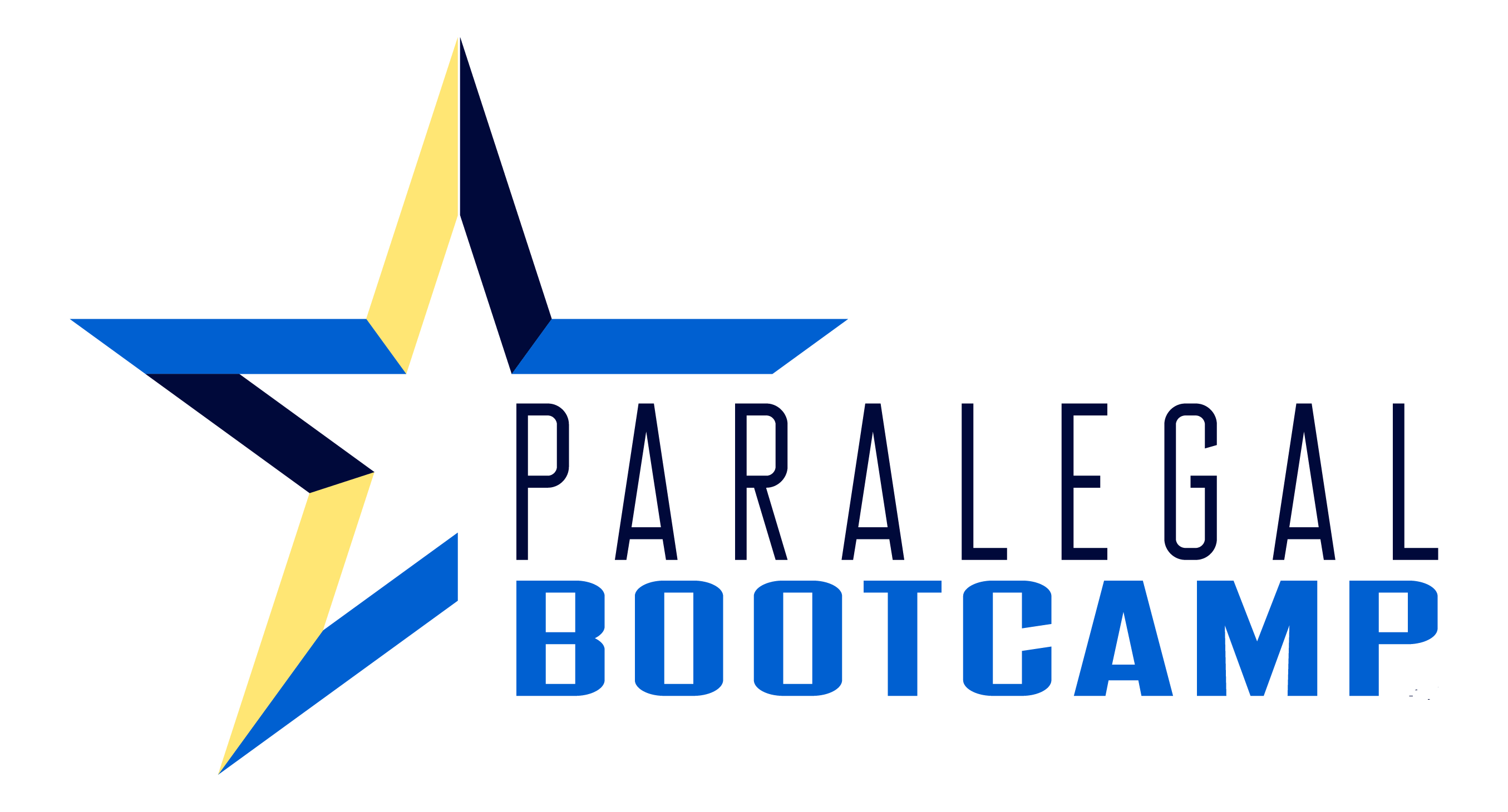19 Tips to Streamline Records Retrieval
Research & Due Diligence
If your firm handles litigation that involves any sort of injuries, chances are you’re familiar with the process of records retrieval. While records retrieval does not have to be a complicated activity, each step does have its fair share of nuances. The following are various considerations and opportunities each step of the way that may add value to your current approach to records retrieval.
#1 Confirm accurate location information
Use Google to perform appropriate due diligence upfront with each location you plan to request records to confirm their address. Confirming upfront that you have the correct address will alleviate many delays on the front end.
#2 Determine preferred method of communication & provider requirements
Call the records provider in advance to confirm how they prefer to receive records requests. While most are comfortable with traditional mail, some prefer faxing or using their online portal. Communicating electronically will greatly speed up the time it takes to submit the initial request.
During the call, ask the provider if they have any special requirements on the format of the request and any supporting documentation that they need.
#3 Confirm the format the provider will share records
During the call that confirms how the provider would like to receive communication best, you can also determine how they prefer to provide communication (and records). While many facilities still prefer to provide records via hard copy through the mail, more and more are shifting to an electronic portal.
Form Creation & Mailing Process
#4 Standardize paperwork
The more standardization you can have across paperwork (whether it is a cover letter, subpoena, HIPAA authorization, etc.), the easier it will be to manage and evaluate if there are any opportunities for enhancements in the format or language.
#5 Strive for consistency
Templates are your friend! Many paralegals are tasked with managing this process across multiple attorneys – sometimes even multiple departments. Push to maintain consistent processes across all the different groups you may be working with rather than recreating the wheel each time.
#6 Be mindful of relevant dates
Certain jurisdictions may have rules around when follow-up can start or how due dates may be approached. Be sure to track those time frames diligently, as failing to do so can create lengthy delays.
Personal Injury Paralegal Boot Camp
As a personal injury paralegal, you have an important role in the pre-litigation phase of your claim files.
But where do you even start when you’re managing 80+ active files?
This online course will give you all the tools to manage that heavy case load. It walks you through every phase of your personal injury claim files, from the case intake through the demand package and more.

Follow-Up Cadence & Strategy
#7 Understand if there is a waiting period
Suppose you’re operating in a jurisdiction where there is a waiting period. In that case, you may not be able to formally start following up on the status of the records for a specific period of time.
#8 Confirm receipt of the request
As soon as possible, do reach out to the records department and simply confirm receipt of your request. It is common practice not to follow up until as late as 30 days after the initial request was sent. If there was any error or delay in the mail getting to the source of records, not calling right away to confirm will delay that even further.
#9 Build relationships with the records departments
If you have high-volume requests, in particular, it always serves you to have a good relationship with the individuals in charge of managing the records. By building a rapport and treating them patiently, you will likely have a better experience or increased likelihood of them expediting your request if necessary.
#10 Determine if there are separate locations for various records types
Many larger healthcare organizations actually store their records at different locations based on record type. This means that the appropriate place to follow up with for medical records may not be the appropriate place to follow up for billing, radiology, etc.
Managing Custodian Fees
#11 Learn the limitations of what can be charged for copies
Most jurisdictions should have a statute that you can access to learn the limit of what a facility may be able to charge you to produce copies. Have that information on hand, or simply have a solid understanding of what you’re dealing with so you know when to fight unfair costs.
#12 Have a standard for what your firm and/or clients will pay for records
Set a dollar amount that you are comfortable with paying for copies as a standard. Your clients may have strong opinions on this as well. If something goes beyond that range, have a process for how you proceed to know if it’s worth pursuing those records.
#13 Reference scope of record
Sometimes “any and all records” is an exorbitant volume if an individual has been seen for a lengthy period of time at the same facility. This may lead to excessive costs for record copies. If there is a large amount, refer back to the scope of what’s actually necessary and see it may benefit you to reduce the actual scope you are hunting down.
Intake & Processing Records
#14 Plan for the organization of the records
Because many facilities are sending the records in hard copy format, it’s often unknown what quality the package will be received as. Have a plan and a space to go through the records and organize them so that they are most conducive to review and analysis.
#15 Have a process for converting file types
Some records may be distributed in a way that requires some level of conversion to access. This is seen most often as it relates to radiology. While films are often produced, some are shared on CDs or expected to be viewed on other software that may require conversion.
#16 Develop a process for tracking
It is important to keep track of what records have been received and which ones you are still waiting on. The average personal injury case may have as many as 5-7 different locations from which you will be obtaining records. Make sure you’re aware of which parts of the case you have received versus what you may still be waiting on.
Storage & Distribution of Records
#17 Maintain copies for the recommended period of time
Copies are required to be maintained for a particular period of time. This is something that you can refer back to the statute in your particular jurisdiction.
#18 Distribute to the appropriate parties in a secure fashion
As there are likely several different parties who have an interest in the records (such as expert witnesses and co-counsel), ensure that the distribution of these details are done securely. For example, email is less secure than distributing through a secure portal or FTP link.
#19 Dispose of both digital and hard copy records properly
When it comes time to dispose of the record copies, ensure that you are doing so securely. Your firm likely has a shredding service or procedure that it adheres to, but it may be less obvious what protocol to follow when clearing out digital copies. Be sure to know how to manage both so that you can avoid privacy issues in the future.
Implementing these tips at your firm may greatly increase the overall efficiency of your records retrieval process as part of your paralegal job responsibilities. As you can see, there are many opportunities throughout the entire lifecycle of any individual records request to enhance the overall effectiveness. Many firms may choose to outsource their records retrieval to a qualified partner in order to free up more time and give their personal injury paralegals more capacity to do their most important work.
For information on how iCopy may be able to help you with your records retrieval work, contact Bridgette Ferraro (Partner & CEO) at bridgette@icopylegal.com.

Meet the Author
Bridgette Ferraro is the CEO of iCopy Legal.
iCopy is a records retrieval and subpoena preparation solution, prioritizing customer service and partnership with our clients. Founded more than 10 years ago with “by attorneys, for attorneys” at the heart of our business model. Our platform, Nimbus expedites the process and improves the client experience. Nimbus is proprietary cloud-based software that maximizes transparency and communication, that provides records seamlessly and efficiently.

























